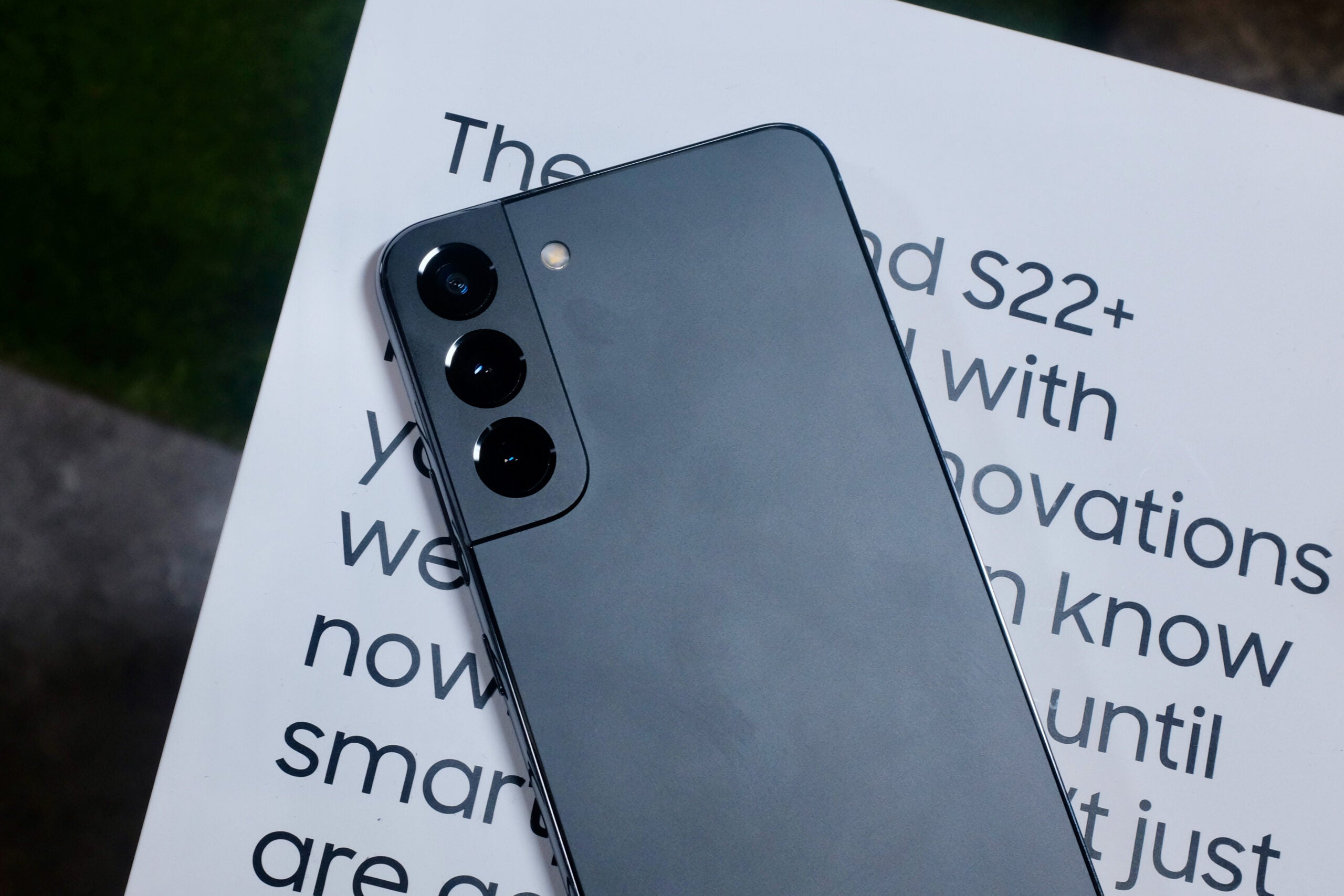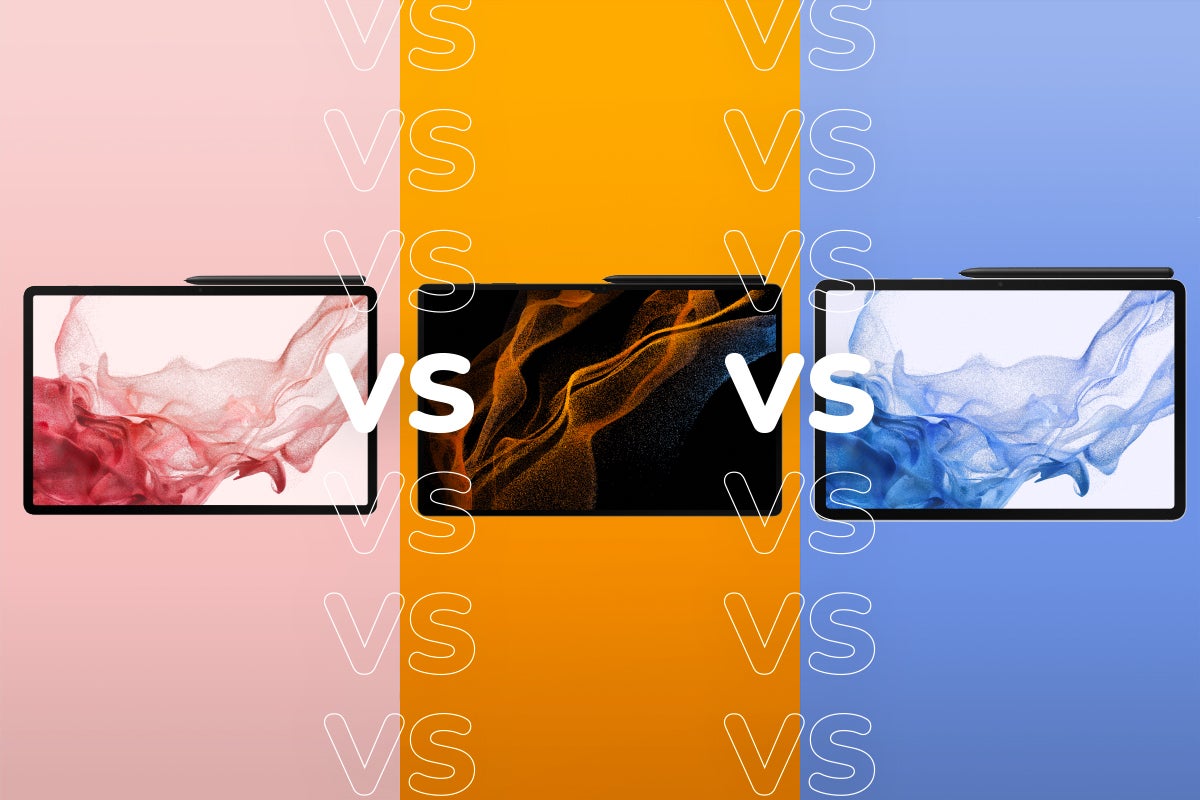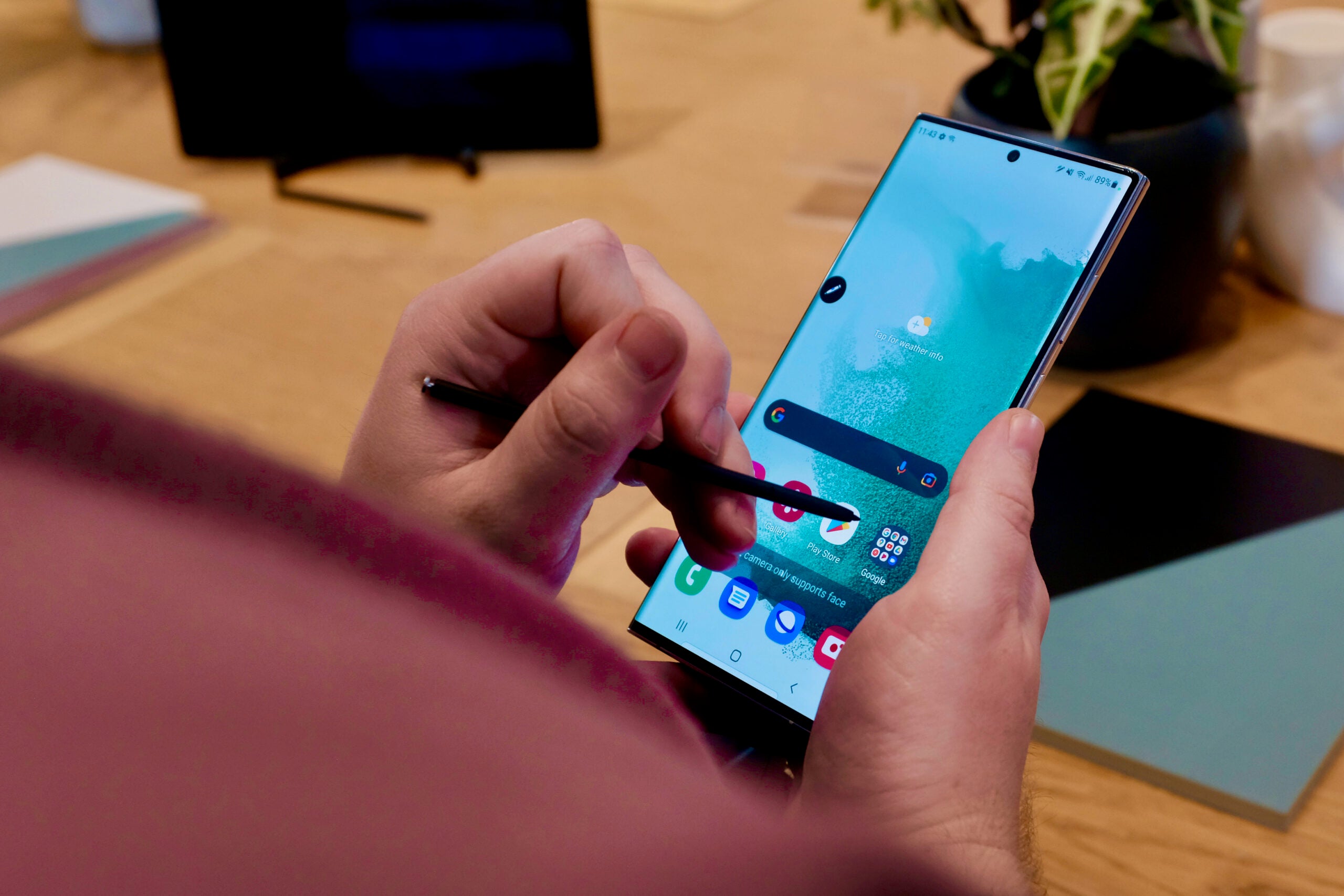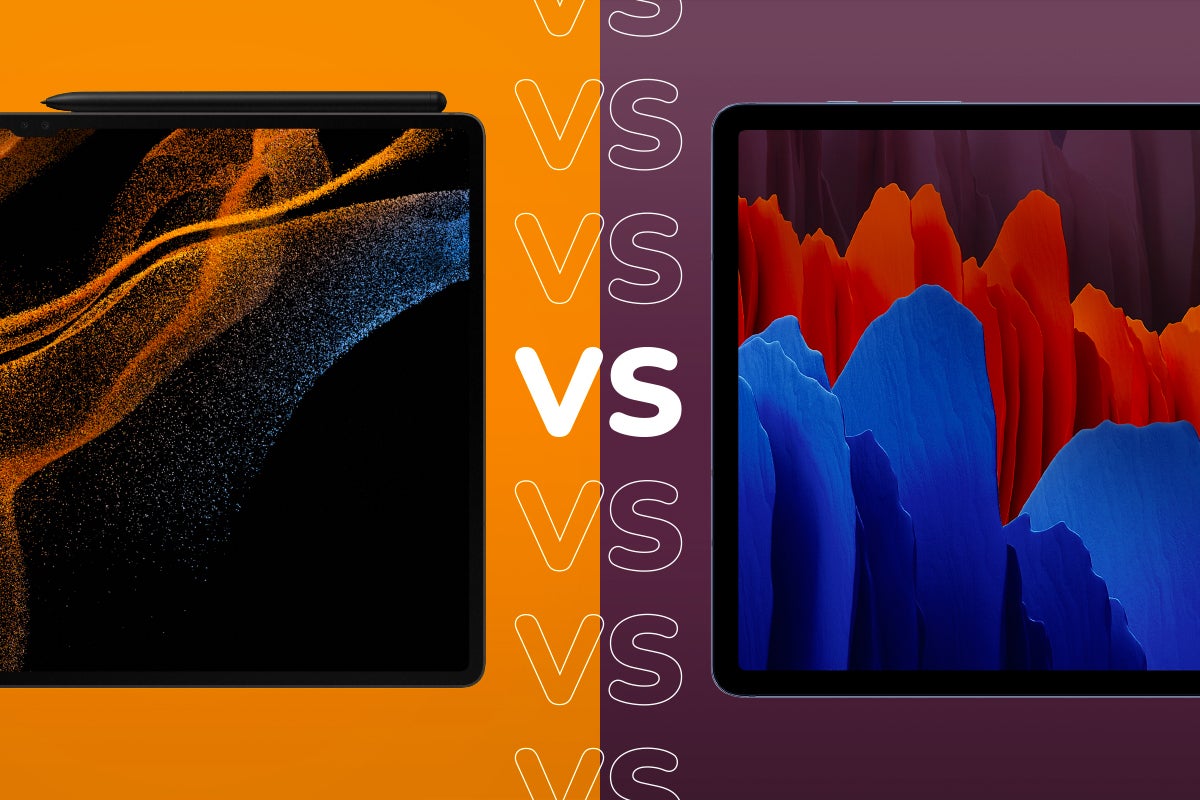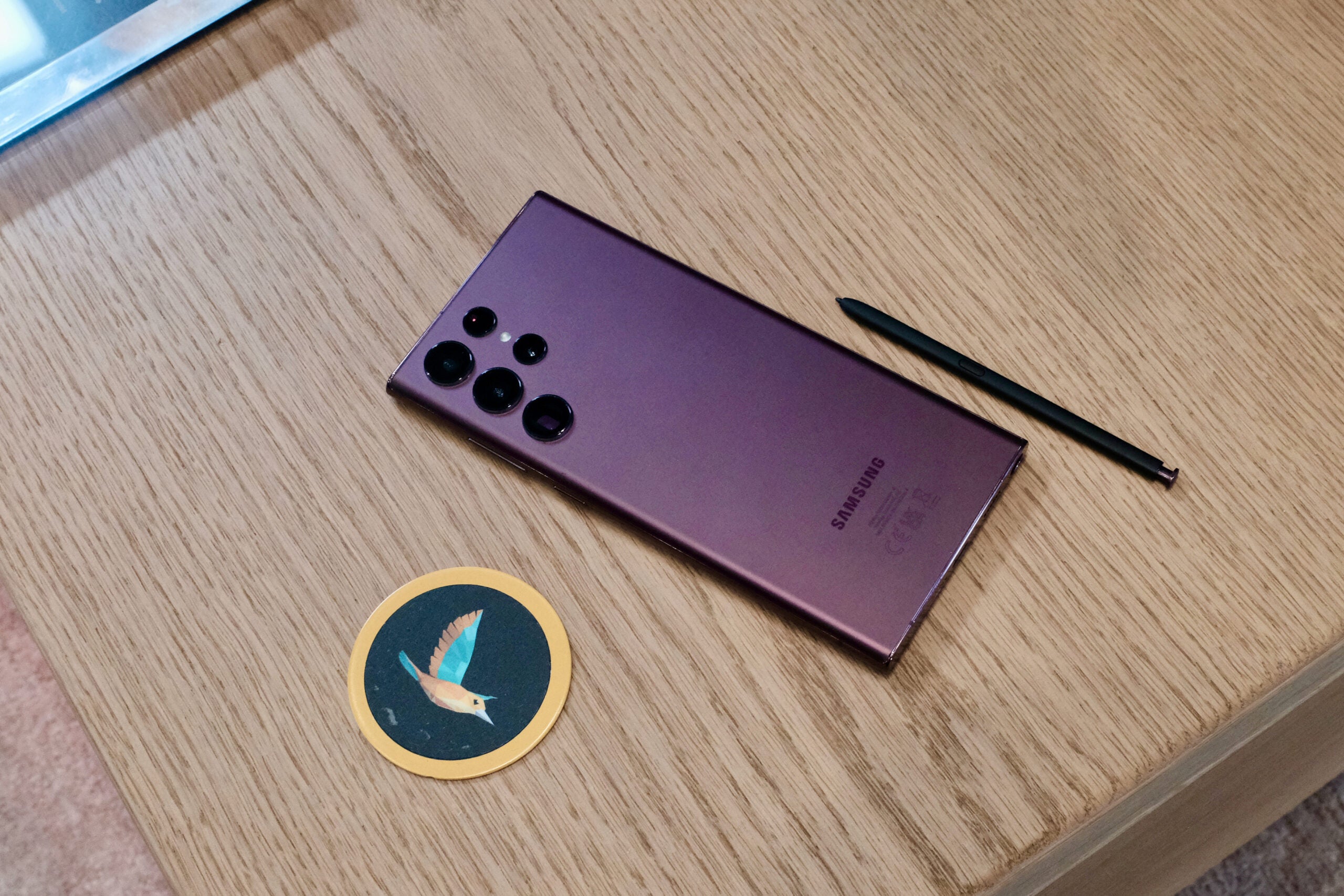Samsung Galaxy S22 Ultra vs Samsung Galaxy S21 Ultra: Should you upgrade?
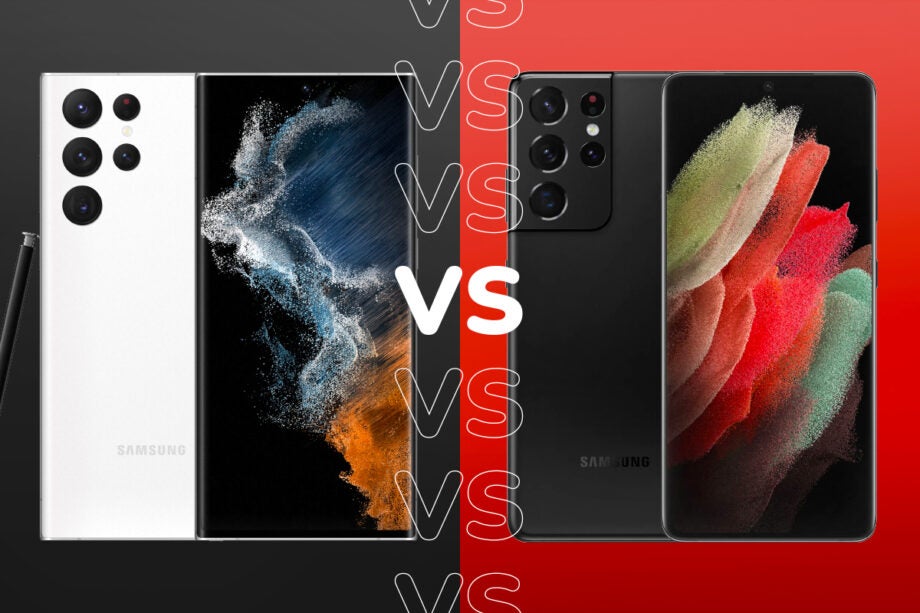
Samsung has just released its flagship smartphone, the Galaxy S22 Ultra, to much aplomb. But after all the hubbub has died down, is it really so different from the S21 Ultra?
Samsung is a titan of the smartphone market, and the Galaxy S22 Ultra is the cherry on top of the cake, being its most ambitious handset ever and filled to the brim with cutting-edge tech.
However, how does Samsung’s latest flagship compare to the previous generation from the year before? Read on for a detailed breakdown of how the two handsets compare when they’re put head-to-head.
Pricing and Availability
With wearying certainty, you might have fully expected the S22 Ultra to have cost more than the S21 Ultra, coming a full year later and bearing in mind the general trends of the smartphone market.
Well actually, there’s good news and bad news on that score. The good news is that the price has stayed the same as last year’s, without the significant increase feared by some before the launch; the bad news is that it’s still incredibly expensive, with the fearsome starting price of £1,149 that will put off all but the wealthiest of buyers.
However, now that the S22 series has been launched, that means you can nab some stupendous savings on last year’s Galaxy S21 Ultra, by mere virtue of it being “old” rather than any actual deficiencies.
Samsung officially unveiled the Galaxy S22 Ultra on February 9 2022 with the following prices for each configuration:
- £1,149/$1,199/€1,259 for 8GB/128GB
- £1,249/$1,299/€1,359 for 12GB/256GB
- £1,329/$1,399.99/€1,459 for 12GB/512GB
- £1,499/$1,599.99/€1,659 for 12GB/1TB
The S21 Ultra is now just over a year old, having originally come out on January 14 2021. The phone is currently unavailable to buy on Samsung’s online store, but it launched with a matching starting price of £1,149/$1,199/€1,259 for 8GB/128GB.
The S21 Ultra has seen some tempting reductions after the S22 Ultra launch, with Amazon listing the phone for £1049.
Design and Screen
In terms of measurements, the two devices are not so very different from each other:
However, during the testing period we vastly preferred the design of the S21 Ultra, which was far more comfortable to hold and looked far more attractive thanks to its striking camera module. By contrast, the S22 Ultra was rather difficult to hold single-handedly and its undistinguished camera module not only collected dust easily, but doesn’t even lie flat on a surface.
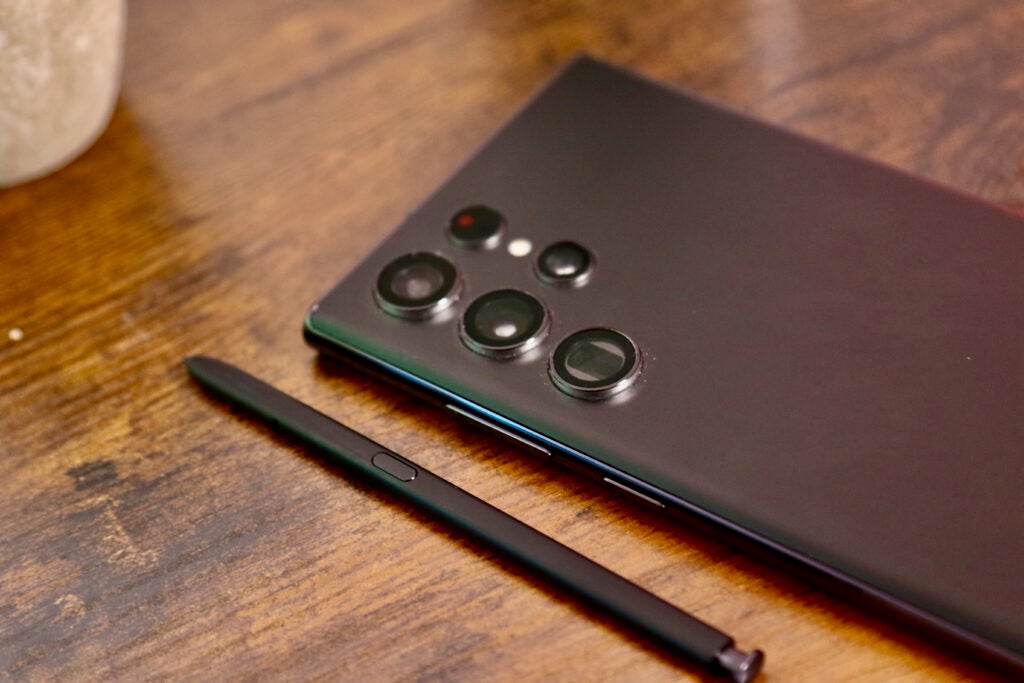
On the practical side of things, both phones feature fast ultrasonic fingerprint sensors and are water resistant up to IP68. However, where the S21 Ultra features Corning Gorilla Glass Victus for durability, the S22 Ultra packs the 12.5% stronger Victus Plus.
The S22 Ultra is available in white, black, green and burgundy shades, whereas the S21 Ultra came in black, silver, titanium, navy and brown colours. The S22 Ultra also comes in plastic-free packaging.
One major update on the S22 Ultra is the inclusion of the S Pen. While the S21 Ultra is compatible with the S Pen, the S22 Ultra marks the first time we’ve seen the stylus included with an S Series phone.
The pen also offers reduced latency this time around for more natural writing, along with handwriting to text support in a total of 88 languages. During testing we found the S Pen is a nice feature, and works just as well as we remember on past Galaxy Note phones, but it makes the S22 Ultra feel noticeably chunkier than its predecessor, with Samsung having had to accommodate a dock for it in the design.
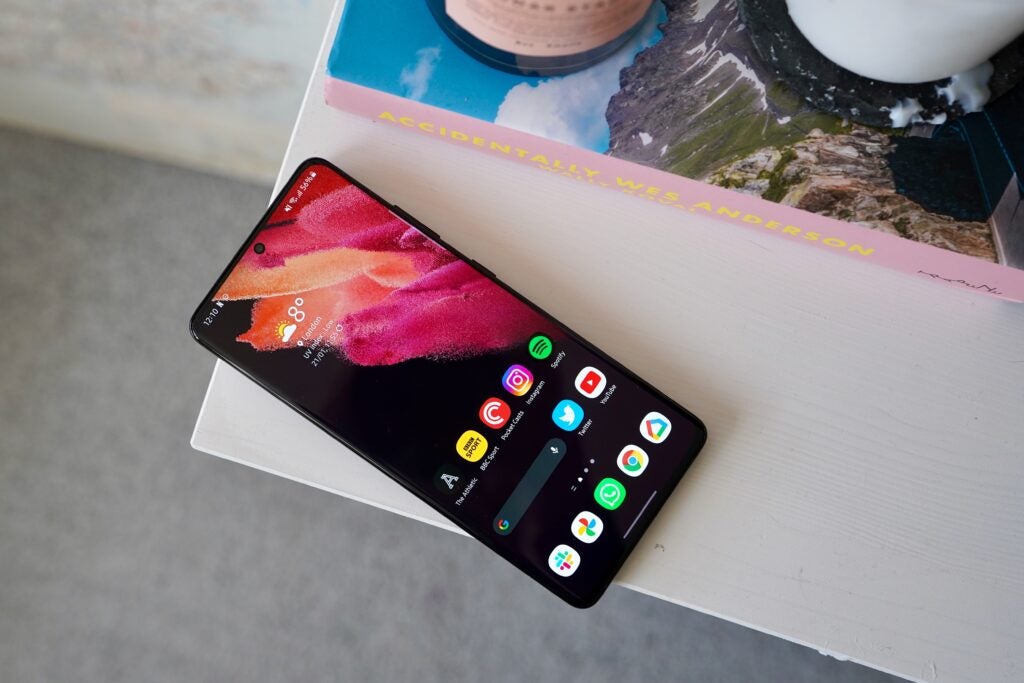
The screen is a highlight of both devices, with each one being one of the very best displays you could possibly buy right now.
As you can see from the table above, there are few specs to choose from between the two in the key areas, and during our time with the handsets the screen was one of the most impressive features each time, giving us incredible immersion in the content that we were watching at the time.
Camera
A mere glance at the camera specifications show that the two devices have extremely similar hardware:
However, there is still a little more to this than meets the eye. For one thing, Samsung claims that the pixels inside the 108-megapixel sensor are 1.23x larger than those in the S21 Ultra, which allows more light into the sensor.
Where this is most noticeable is in lowlight photography, where our reviewer Max Parker said, “I have found the low-light and night shooting to be arguably the biggest camera upgrade over the Galaxy S21 Ultra. The phone does a wonderful job at both retaining details in tough conditions and ensuring that snaps that deserve to be inky dark are so.” Images are further improved by AI and better processing.
A standout feature of both cameras is the incredible zoom capabilities, which can produce good results even at 10x zoom. Even aside from this feature, which leads the rest of the competition, the cameras are still one of the very best around. Images are rich, sharp, and vibrant, with a variety of lenses to capture just the shot that you need.
Performance
It’s undeniable that both of these handsets are true powerhouses when it comes to performance. But take a look at the benchmarking scores below to see that the S22 Ultra clearly outperforms its predecessor, as should be expected:
| Geekbench 5 Single Core | Geekbench 5 Multi Core | |
| Samsung Galaxy S21 Ultra | 1029 | 3148 |
| Samsung Galaxy S22 Ultra | 1179 | 3637 |
That said, the CPU upgrades seem to be incremental rather than a big jump, despite the shift to 4nm rather than 5nm architecture with the adoption of the Exynos 2200 or Snapdragon 8 Gen 1 (depending on your region).
Performance on both phones is very good, though the S22 Ultra is only a modest upgrade on the preceding model.
As far as connectivity goes, both phones support 5G, Wi-Fi 6E and Bluetooth 5.2, along with Samsung Pay contactless payments.
The S22 Ultra packs up to 12GB of RAM and up to 1TB of storage, while the S21 Ultra tops out at 12GB of RAM and 512GB of storage. This makes the S22 Ultra the better option if you’re in need of higher storage.
Both phones are expected to receive One UI 4.1, which is based on the latest version of Android, Android 12, but the S22 Ultra runs the software out of the box.
Battery life
Once you turn your attention to the battery, you’ll notice another spec in common; both the S21 Ultra and the S22 Ultra have a 5000mAh battery. The two seem to perform similarly as well; take the example of watching Netflix for one hour, which drained 6% battery from the S22 Ultra and 7% from the S21 Ultra.
However, a significant difference in battery comes with the charging rather than capacity, where the S22 Ultra supports 45W fast-charging as opposed to the 25W fast-charging of the S21 Ultra. We found that this usually got the cell fully charged up in just one hour (compared to around 1 hour 40 minutes for the S21 Ultra).
It’s worth noting that neither device has a charger in the box, so you’ll have to buy that separately.
Both phones support wireless charging (capped at 15W) along with Samsung’s Wireless PowerShare feature, meaning you can use them to charge up other wireless devices, such as your true wireless earbuds.
Verdict
Ultimately, there are few large-scale changes that you’ll find in the S21 Ultra. The design has been tweaked, including the adoption of an onboard S Pen, and there have been incremental upgrades to the processor and the camera too.
This device is definitely not worth the upgrade if you’ve already got the S21 Ultra, but it is a slightly better package overall. Where prices are comparable, you might as well plump for the S22 Ultra, but if you can find a cut-price deal on the S21 Ultra then it could be an excellent buy.



